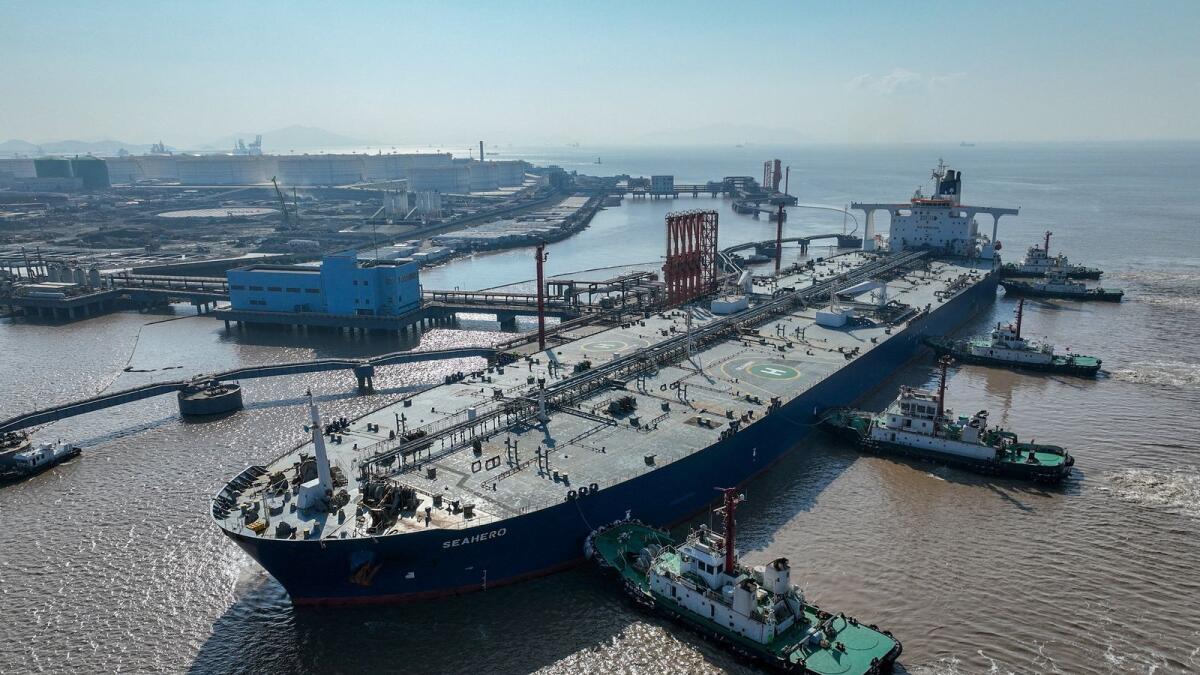In August, China experienced a significant increase in crude oil imports, reaching the highest levels in a year at 11.56 million barrels per day (bpd). However, this spike is likely due to lower prices during that time, rather than a recovery in consumption. Despite the apparent strength of August imports, they remain 7% lower than the same period in 2023, and year-to-date imports are down by 3.1% compared to last year. This leads to questions regarding whether the increase in imports signifies a revival in China’s crude demand or is more reflective of the lower oil prices prevalent during the time of arranging August-arriving cargoes.
China’s refiners generally adjust their import levels based on price competitiveness, increasing imports when prices are deemed competitive and reducing them when prices escalate. The cargoes arriving in August were likely arranged in May and June when global crude prices were declining. Consequently, it is reasonable to assume that August and September imports may show strength relative to earlier months due to the lower prices prevailing at the time of procurement. However, following a drop in crude oil prices, China’s refiners may consider boosting imports to capitalize on the current market conditions.
The current weakness in global crude prices suggests the possibility of China’s refiners increasing their imports, with these impacts likely to be reflected in arrivals in the upcoming months. China’s strategy often involves building inventories during periods of low prices and utilizing these stockpiles when prices rise. While China does not disclose the exact volumes of crude flowing in and out of stockpiles, estimates indicate an addition of about 800,000 bpd to inventories in the first seven months of 2024. This trend may have accelerated in August due to strong imports and ongoing softness in refinery processing rates.
OPEC’s recent forecast, released on Sept. 10, reduced China’s demand growth estimate for 2024 to 650,000 bpd, highlighting a downward trend from previous projections. Despite this adjustment, the revised forecast may still be overly optimistic, given the lower crude oil imports in the first eight months of the year compared to 2023. OPEC’s projections rely on a significant surge in China’s crude imports in the fourth quarter, although achieving such volumes to meet the estimates would be a challenging task. As China navigates its crude oil import strategy amidst fluctuating prices and demand forecasts, the market awaits to see how the nation’s oil consumption patterns evolve in the coming months.
Overall, the recent spike in crude oil imports in China has primarily been influenced by lower prices rather than increased demand. The buying patterns of Chinese refiners revolve around price competitiveness, leading to fluctuations in import levels. While the current market conditions hint at a potential increase in imports, challenges persist amid weak global crude prices and revised demand forecasts. As China adjusts its crude oil inventory management and import strategies, the global oil market anticipates how the nation’s consumption patterns will shape in the remainder of the year.











